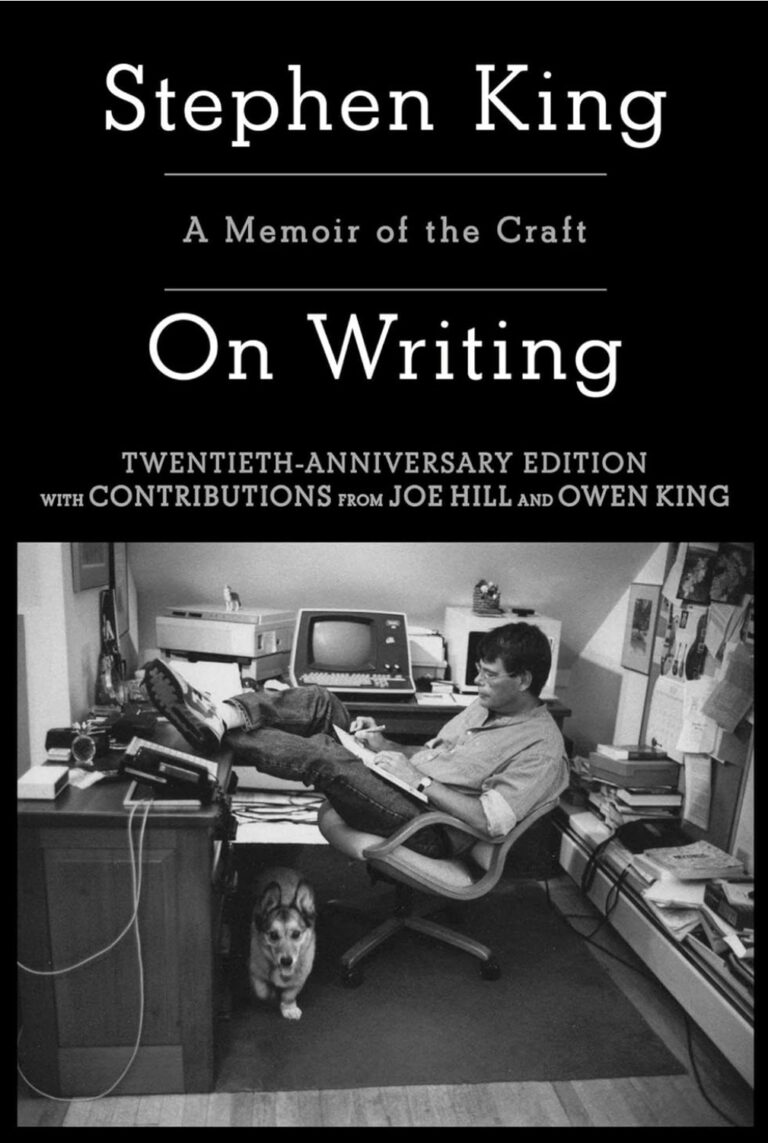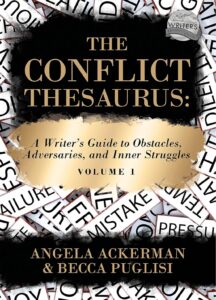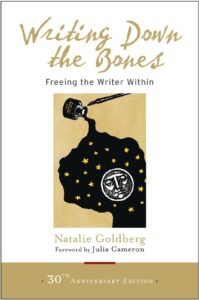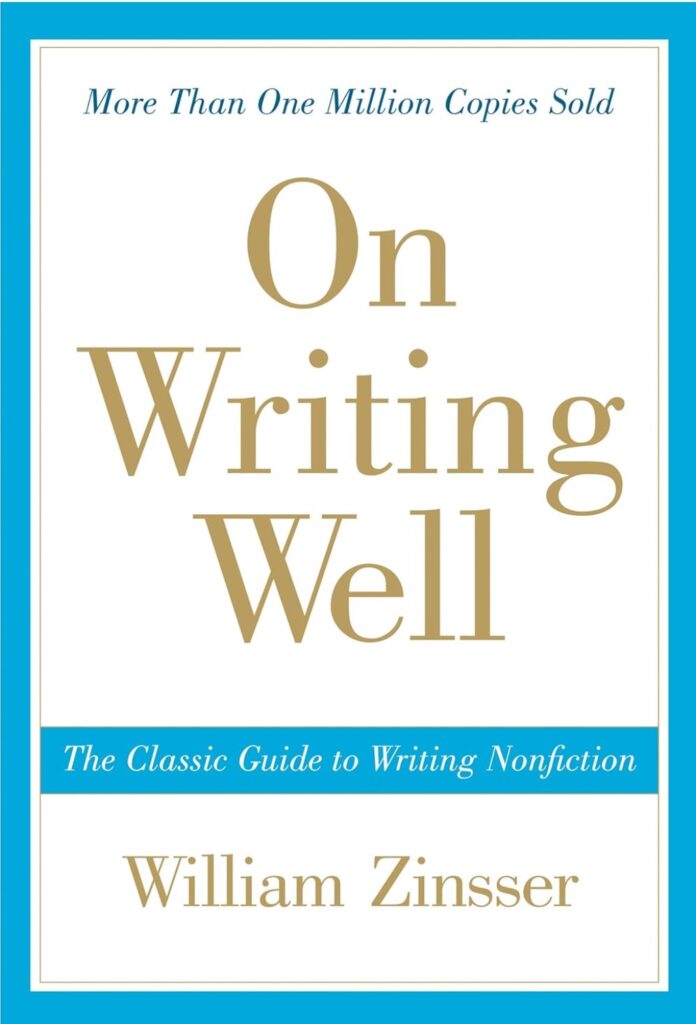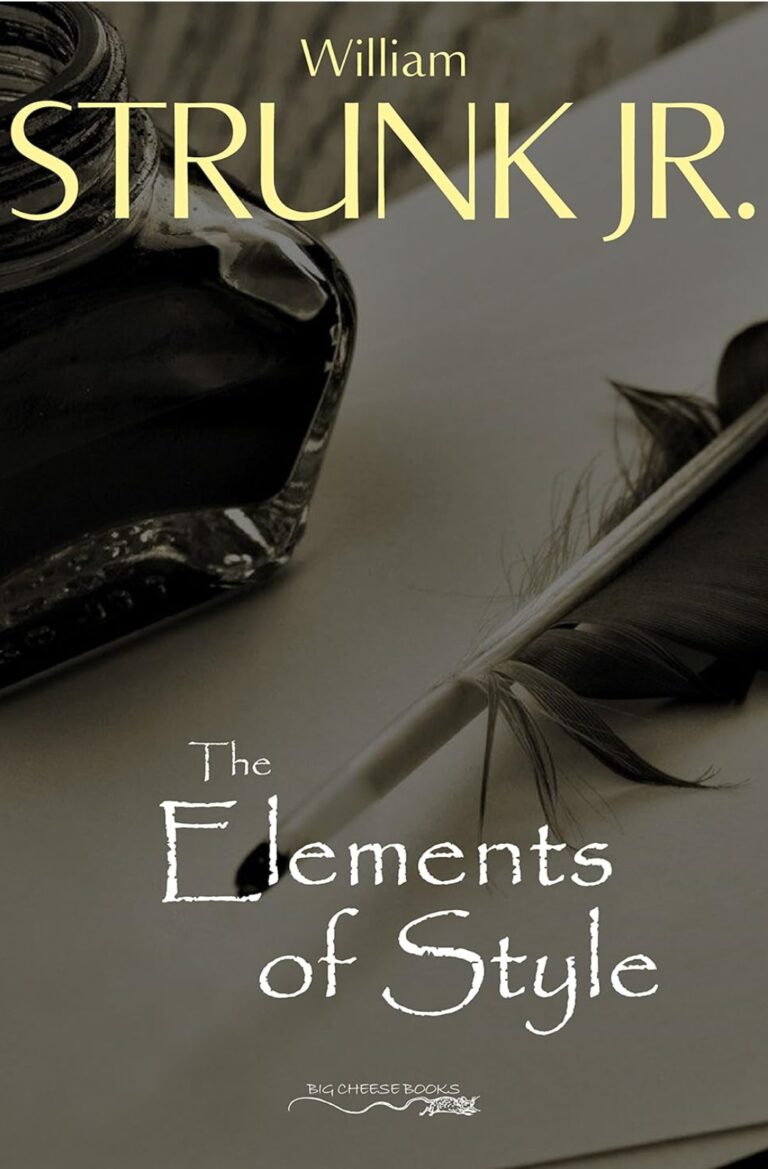As a romance author who writes romance stories about aliens, paranormal creatures, and unusual scenarios, I understand the unique challenge of crafting dialogue that feels both authentic and engaging.
In my experience, the key to creating believable conversations lies in understanding your characters’ backgrounds, motivations, and the unique dynamics of their relationships.
In this post, I’ll share some of my strategies and tips for writing dialogue that resonates with readers and brings your paranormal romance stories to life.
Table of Contents
ToggleUnderstanding Your Characters
In my experience, getting to know your characters inside and out is crucial for crafting believable dialogue.
When I wrote a story about a werewolf falling in love with a human, I had to consider not only their individual personalities but also the cultural and societal differences between them.
This deep understanding allowed me to create conversations that felt real and meaningful.
Creating Unique Voices
Each character should have a distinct voice that reflects their background, personality, and emotional state. I’ve found that giving each character unique speech patterns, vocabulary, and mannerisms can make their dialogue stand out.
For instance, in a novella I wrote about an alien and a human, the alien’s speech was more formal and structured, reflecting their advanced civilization, while the human’s dialogue was more casual and contemporary.
Reflecting Character Development
Dialogue should evolve as characters grow and change throughout the story. In my experience, tracking these changes can add depth and realism to your characters.
For example, in a paranormal romance I wrote about a vampire and a witch, their initial conversations were filled with tension and mistrust.
As they grew closer, their dialogue became more open and intimate, reflecting their developing relationship.
Balancing Exposition and Emotion
One of the challenges in writing paranormal romance is balancing the need for exposition with the emotional depth of the characters’ interactions.
I’ve found that integrating world-building details into dialogue can help maintain a natural flow while providing essential information about the story’s setting.
Show, Don’t Tell
Instead of having characters explain the world around them, use dialogue to reveal information subtly.
In a story I wrote about a shapeshifter, rather than having the character directly explain their abilities, I used a conversation where they casually mentioned their struggles with maintaining a human form during stressful situations.
This approach made the dialogue feel more organic and less like an info-dump.
Infusing Emotion
Emotion is the heart of any romance, and dialogue is a powerful tool for conveying your characters’ feelings. I’ve found that using subtext, body language, and tone can add layers of meaning to your dialogue.
In a recent story about a ghost and a human, their conversations were filled with longing and unspoken desires, which heightened the emotional tension and made their eventual union even more satisfying.
Incorporating Conflict and Tension
Conflict and tension are essential elements of any romance, and they can be effectively conveyed through dialogue.
In my experience, creating verbal sparring matches or misunderstandings between characters can drive the plot forward and keep readers engaged.
Creating Dynamic Exchanges
Dynamic and fast-paced exchanges can add excitement and intensity to your story. In a novella I wrote about a dragon shifter and a human, their initial interactions were filled with heated arguments and sarcastic remarks.
These exchanges not only highlighted their differences but also built up the romantic tension between them.
Using Misunderstandings
Misunderstandings and miscommunications are common in relationships, and they can add layers of complexity to your characters’ interactions. I’ve found that using these elements in dialogue can create engaging plot twists.
For example, in a story about a mermaid and a human, a simple misinterpretation of a phrase led to a significant conflict that tested their trust and ultimately brought them closer together.
Enhancing Dialogue with Setting and Context
The setting and context of a scene can greatly influence the dialogue between characters. In my experience, integrating environmental details and context into conversations can make them more vivid and immersive.
Reflecting the Environment
In a story set in a magical forest, the characters’ dialogue included references to the mystical creatures and enchanted landscapes around them.
This not only enhanced the world-building but also grounded their interactions in the unique setting.
I’ve found that using the environment to influence dialogue can make the story feel more cohesive and real.
Contextual Reactions
Characters’ responses can vary greatly depending on the context of their conversations.
In a paranormal romance I wrote about a demon and an angel, their dialogue shifted dramatically depending on whether they were in a hostile underworld setting or a peaceful, sacred place.
This variation added depth to their interactions and highlighted the complexities of their relationship.
Final Thoughts
Crafting believable and engaging dialogue in paranormal romance requires a deep understanding of your characters, a balance between exposition and emotion, and the effective use of conflict, tension, and setting.
In my experience, focusing on these elements can bring your characters to life and make your stories more immersive and compelling.
By integrating these strategies into your writing, you can create conversations that resonate with readers and enhance the romantic and supernatural elements of your stories.












